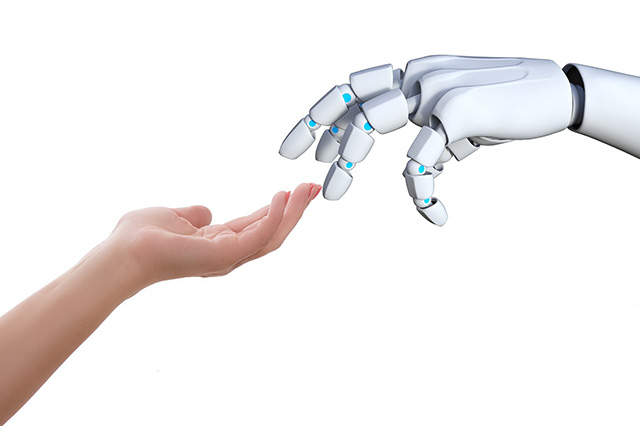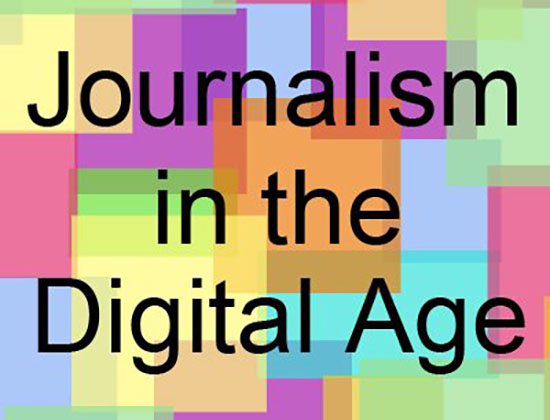Robots
Lee, S. A., & Liang, Y. (2018). Theorizing verbally persuasive robots. In A. L. Guzman (Ed.), Human-machine communication: Rethinking communication, technology, and ourselves (pp. 119-143). New York, NY: Peter Lang.
Lee, S. A., & Liang, Y. (2018). Robotic foot-in-the-door: Using sequential-request persuasive strategies in human-robot interaction. Computers in Human Behavior.
Liang, Y., & Lee, S. A. (2017). Fear of autonomous robots: Evidence from national representative data with probability sampling. International Journal of Social Robotics, 9, 379-384.
Liang, Y., & Lee, S. A. (2016). Advancing the strategic messages affecting robot trust effect: The dynamic of user- and robot-generated content on human-robot trust and interaction outcomes. Cyberpsychology, Behavior, and Social Networking, 19, 538-544.
Lee, S. A., & Liang, Y. (2016). The role of reciprocity in verbally persuasive robots. Cyberpsychology, Behavior, and Social Networking. 19, 524-527.
Liang, Y., & Lee, S. A. (2016). Employing user-generated content to enhance human-robot interaction in a human-robot trust game. In Proceedings of the 11th ACM/IEEE International Conference on Human-Robot Interaction (HRI 2016). Christchurch, New Zealand.
Intelligent Agents
Lee, S. A., Liang, Y., & Cho, S. (2016). Effects of anthropomorphism and reciprocity in persuasive computer agents. Paper presented at the at the 102nd annual convention of the National Communication Association, Philadelphia, PA.
Cho, S., Lee, S. A., & Liang, Y. (2016). Using anthropomorphic agents for persuasion. Paper presented at the 66th annual convention of the International Communication Association, Fukuoka, Japan.
Lee. S. A., & Liang, Y. (2015). Reciprocity in computer-human interaction: Source-based, norm-based, and affect-based explanations. Cyberpsychology, Behavior, and Social Networking, 18, 234-240.
Liang, Y., Lee, S. A., & Jang, J. (2013). Mindlessness and gaining compliance in computer-human interaction. Computers in Human Behavior, 29, 1572-1579.
Web 2.0
Lee, S. A., & Zuercher, R. J. (2017). A current review of doctor-patient computer-mediated communication. Journal of Communication in Healthcare, 10, 22-30.
Liang, Y. (2015). Responses to negative student evaluations on RateMyProfessors.com: The effect of instructor statement of credibility on student lower-level cognitive learning and state motivation to learn. Communication Education, 64, 1-17.
Liang, Y., Bejerano, A., Kearney, P., McPherson, M.B., & Plax, T. G. (2015). The effect of peer and online sources on student course selections and impressions of prospective teachers. Western Journal of Communication, 79, 435-455.
Liang, Y., DeAngelis, B. N., Clare, D. C., Dorros, S. M., & Levine, T. R. (2014). Message characteristics in online product reviews and consumer ratings of helpfulness. Southern Communication Journal, 79, 468-483.











